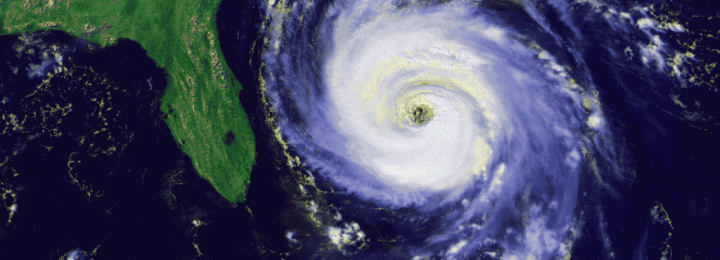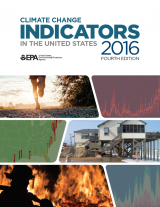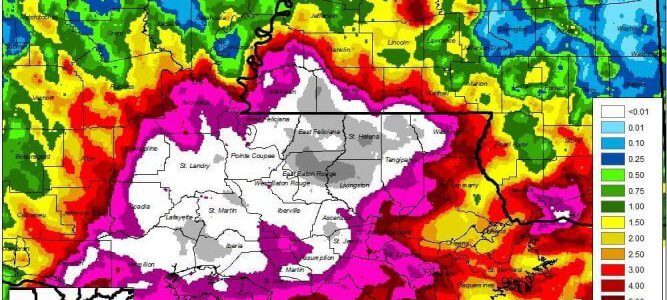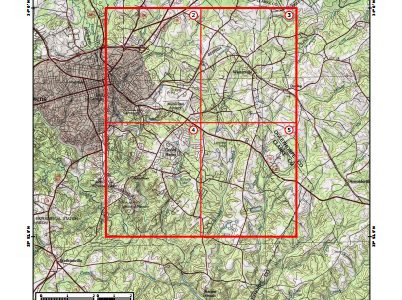-

If you live along the coast, you are probably painfully aware of the threat of rising sea levels and what it could do to your communities. Sea levels have been observed to rise in most places by several different independent data sources, including both surface-based gauges and satellite imagery. Sea level rise has also been…
-

The tropics are starting to heat up with the development of Tropical Depression 6, which is expected to become TS Fiona within a few days. It won’t hit the Southeast in all probability, but the next storm might come a lot closer. Here are two web sites with helpful information on preparing for a tropical…
-

The Packer published a story earlier this week about the problems that avocado growers in California have had with water availability this year and how it has affected production. Often California received good rainfall in El Niño winters, but this year most of the rain fell in northern California and bypassed southern California, where most…
-

EPA has released their updated 2016 publication on indicators of climate change for the United States. This document shows trends in a variety of climate variables including temperature, precipitation, and ice based on a number of different objective data sets. You can watch a slide set with summarized information and read more about it…
-

It seems that the national media is finally becoming aware of the unfolding tragedy that is the flooding occurring in Louisiana. There have been many more reports on the flooding in the last couple of days. So far, 9 people have been killed and over 20,000 displaced by the flooding. According to the Wunder Blog,…
-

NASA reported today that based on their analysis of global temperatures, this July surpassed every month in temperature since their records began in 1880. This means it was not only the warmest July on record, but the warmest of any month. You can read more about it at Weather.com here. The Japan Meteorological Agency independently…
-

Once in a while I need access to USGS topographic maps. I’ve had a hard time finding them online. But now National Geographic has a quick and easy way to get access to them. You can find a description online at https://petapixel.com/2016/08/06/nat-geo-launches-free-website-printing-detailed-topographical-maps/. The portal is at https://www.natgeomaps.com/trail-maps/pdf-quads.
Posted in: Sources of weather and climate data